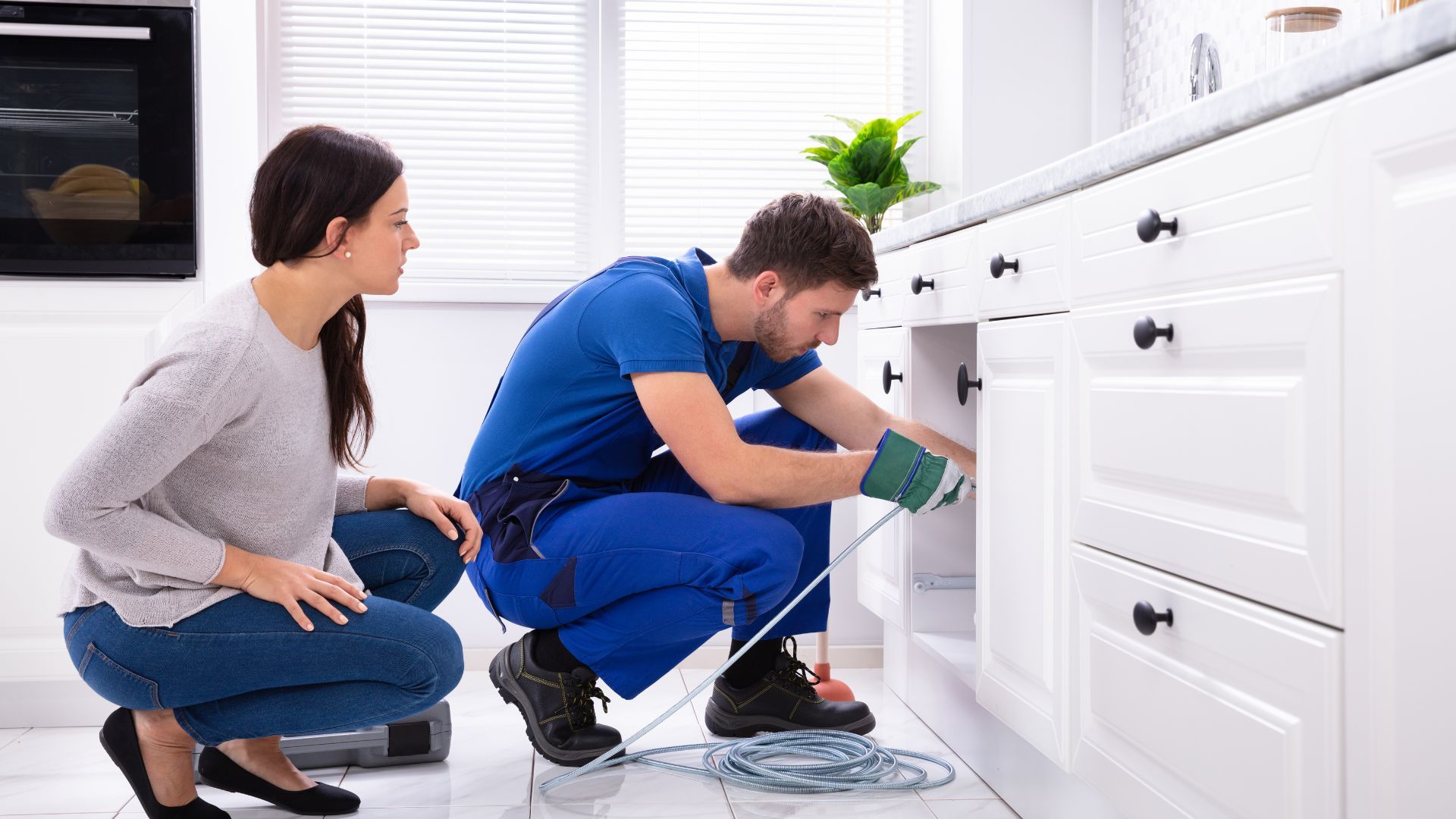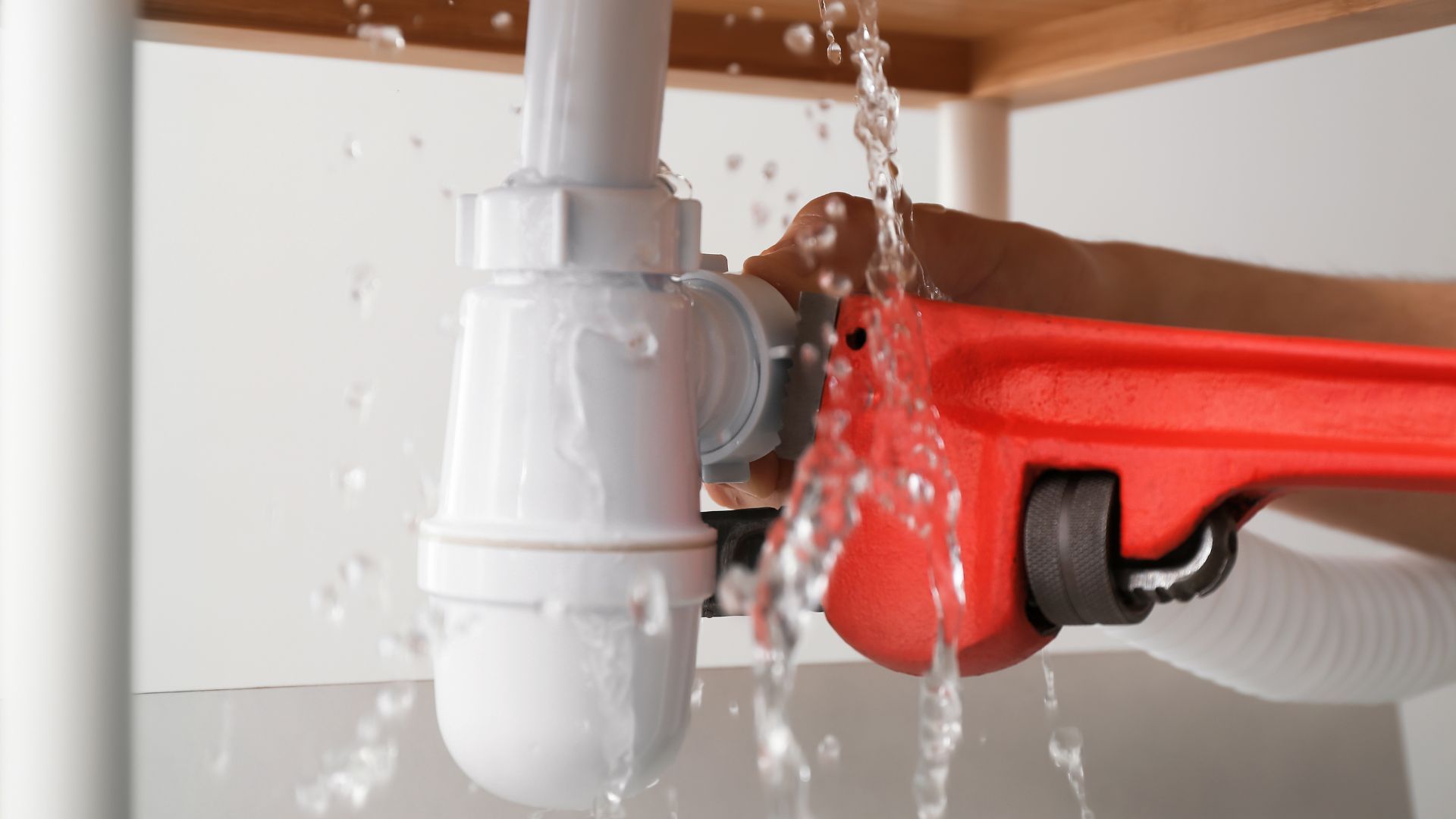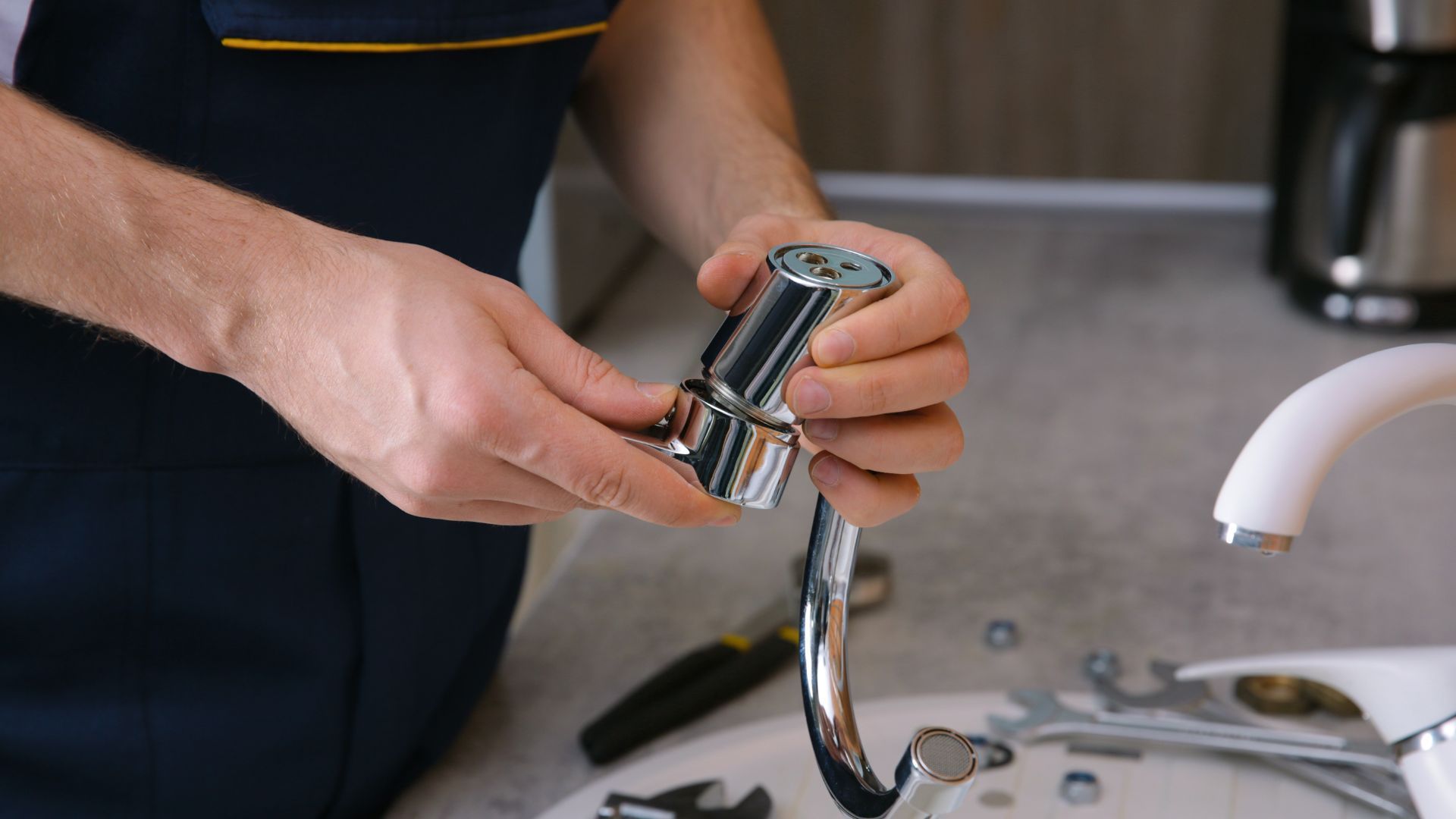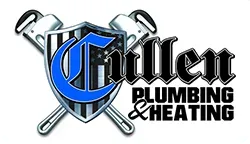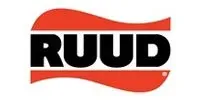Homeowner's Guide to Backflow Prevention: Tips and Tricks for Keeping Safe
As a homeowner, one of the most important things you need to keep in mind is backflow prevention. Backflow prevention is essential for keeping your drinking water safe from contamination, and it can also help you save money on your water bills. In this article, we'll be taking a look at some tips and tricks for making sure your home is properly protected from backflow. So read on to find out more!
What is Backflow Prevention?
Backflow prevention is a system used to protect potable water supplies from contamination or pollution. Backflow preventers are devices that allow water to flow in one direction only, preventing contaminated water from flowing back into the potable water supply. There are several different types of backflow preventers, including air gaps, double check valves, and pressure vacuum breakers.
Air gaps are the most common type of backflow preventer. An air gap is a physical separation between the potable water supply and a possible source of contamination. Air gaps can be created by installing a shut-off valve in the piping between the two sources, or by placing the fixture (such as a sink) that uses the potable water supply further away from the possible source of contamination.
Double check valves are another type of backflow preventer. Double check valves have two independent check valves that open and close in sequence. Water can flow through the double check valve in only one direction, preventing contaminated water from flowing back into the potable water supply. Double check valves must be installed by a qualified plumber.
Pressure vacuum breakers (PVBs) are another type of backflow preventer. PVBs have a spring-loaded check valve that opens when water flows through it in the correct direction (toward the fixture), and closes when water tries to flow through it in the wrong direction (back toward the potable water supply). PVBs also have an air vent that allows
Benefits of Backflow Prevention
One of the most important things a homeowner can do to protect their drinking water is to install a backflow prevention device. Backflow devices prevent contaminated water from flowing back into the potable water supply. They are required by law in many states and municipalities, and are typically installed by licensed plumbers.
There are many benefits to having a backflow prevention device installed in your home. Perhaps the most important benefit is that it protects your family from drinking contaminated water. Contaminated water can contain harmful bacteria and viruses that can cause serious illnesses. In some cases, contaminated water can even be fatal. Backflow prevention devices provide a physical barrier between your potable water supply and any potential sources of contamination.
Another benefit of backflow prevention devices is that they help protect your home’s plumbing system from damage. When water flows backwards through your pipes, it can cause significant damage to your plumbing system. This damage can be expensive to repair, and may even require you to replace your entire plumbing system. Backflow preventers help protect your plumbing system by stopping the flow of water backwards through your pipes.
Finally,
backflow prevention devices can save you money on your water bill. When water flows backwards through your pipes, it can waste a lot of water. This wasted water translates into higher water bills for you as the homeowner. By preventing backflow, you can save money on your monthly water bill.
Signs of a Potential Backflow Problem
If you believe you may have a backflow issue, there are several signs to look out for. Water pressure that fluctuates or is suddenly much weaker than usual can indicate a backflow problem. If your water has an odd taste or smell, this could also be a sign that contaminated water is flowing back into your home. Or, if your water appears dirty or discolored, this could be an indication of backflow.
If you notice any of these signs, it's important to take action right away and contact a professional plumber to come and take a look. They will be able to assess the situation and determine whether or not you have a backflow issue. If you do have a problem, they will be able to install a backflow prevention device to ensure that your water stays safe and clean.
Tips for Preventing Backflow Issues
Backflow is the term used to describe water flowing in the wrong direction. In a home plumbing system, this can happen when there is a change in water pressure. This can be caused by a variety of things, including a sudden drop in water pressure from the city supply or a clog in your plumbing. Backflow can also occur when there is an interruption in your power supply.
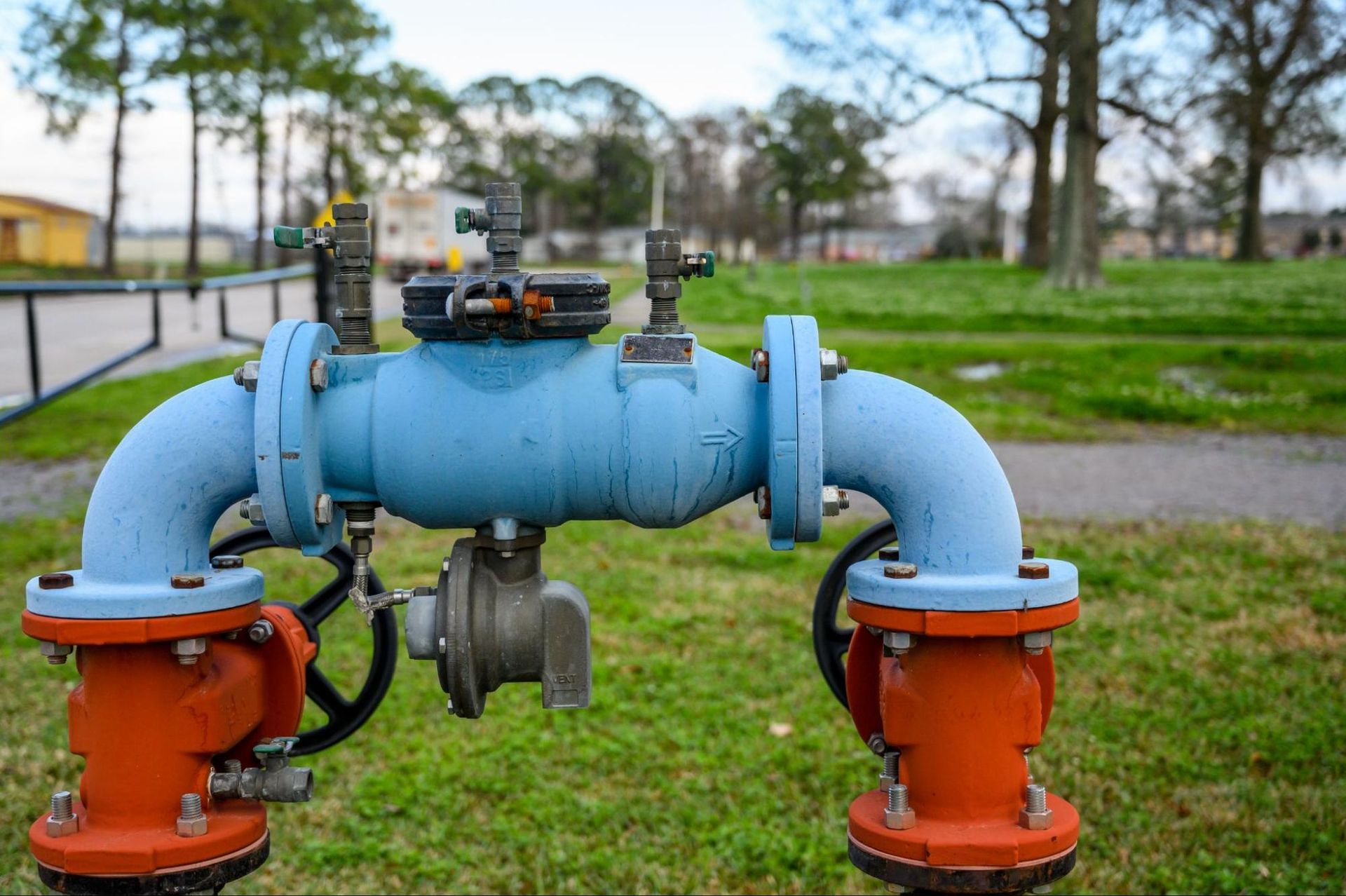
There are several ways to prevent backflow issues in your home:
1. Check your home's water pressure regularly. A sudden drop in water pressure could indicate that there is a backflow issue.
2. Have a professional plumber inspect your home's plumbing system for potential backflow problems.
3. Install a backflow prevention device on your home's main water supply line. This will help prevent backflow if there is a sudden drop in water pressure from the city supply or if there is an interruption in your power supply.
4. Be sure to properly maintain your home's plumbing system and keep it free of debris and other potential obstructions.
Safety Measures for DIY Projects
When it comes to backflow prevention, there are a few things that every homeowner should keep in mind. First and foremost, always make sure that you have the proper equipment for the job at hand. This means having a backflow preventer installed on your main water line as well as any other lines that may be vulnerable to contamination. Additionally, it's important to be aware of the potential for backflow when working on DIY projects around the house. Take care to not disturb any existing backflow preventers or valves, and be sure to properly clean and disinfect all tools and materials before and after use. By following these simple safety measures, you can help protect yourself and your family from the potentially harmful effects of backflow contamination.
Hiring a Professional to Install a Backflow Prevention System
If you have a business or residential property with a plumbing system, you should strongly consider installing a backflow prevention system. Backflow can occur when water pressure drops suddenly in the main supply line, causing water to flow backwards and potentially contaminate your property's potable water supply. While backflow is not necessarily harmful, it can introduce contaminants into your system that may be harmful to your health. So, it is important to consult with a professional to determine which type is best suited for your needs. We recommend professional installation. Once installed, backflow prevention systems require little maintenance other than periodic testing to ensure they are functioning properly.
Contact us today
if you want to overcome backflow issues.
Maintenance Tips to Keep Your System Functional
The first step to take in order to keep your backflow prevention system functional is to have it regularly inspected by a certified professional. Depending on the type of system you have, it may need to be inspected yearly or every few years.
In addition to regular inspections, there are a few maintenance tasks you can perform yourself to help keep your system functioning properly. These tasks include:
-Flushing the system: This should be done every few months, or as needed. To flush the system, simply turn off the water supply and allow all of the water in the pipes to drain out. Once the water has drained, turn the water back on and allow it to run for a few minutes to clear any remaining debris from the pipes.
-Cleaning the strainer: The strainer is located at the point where water enters the backflow preventer. It is important to keep this area clean so that dirt and debris does not clog up the system. The strainer should be cleaned monthly, or as needed.
-Checking for leaks: It is important to check all connections and fittings periodically for leaks. If any leaks are found, they should be repaired immediately to prevent further damage to the system.
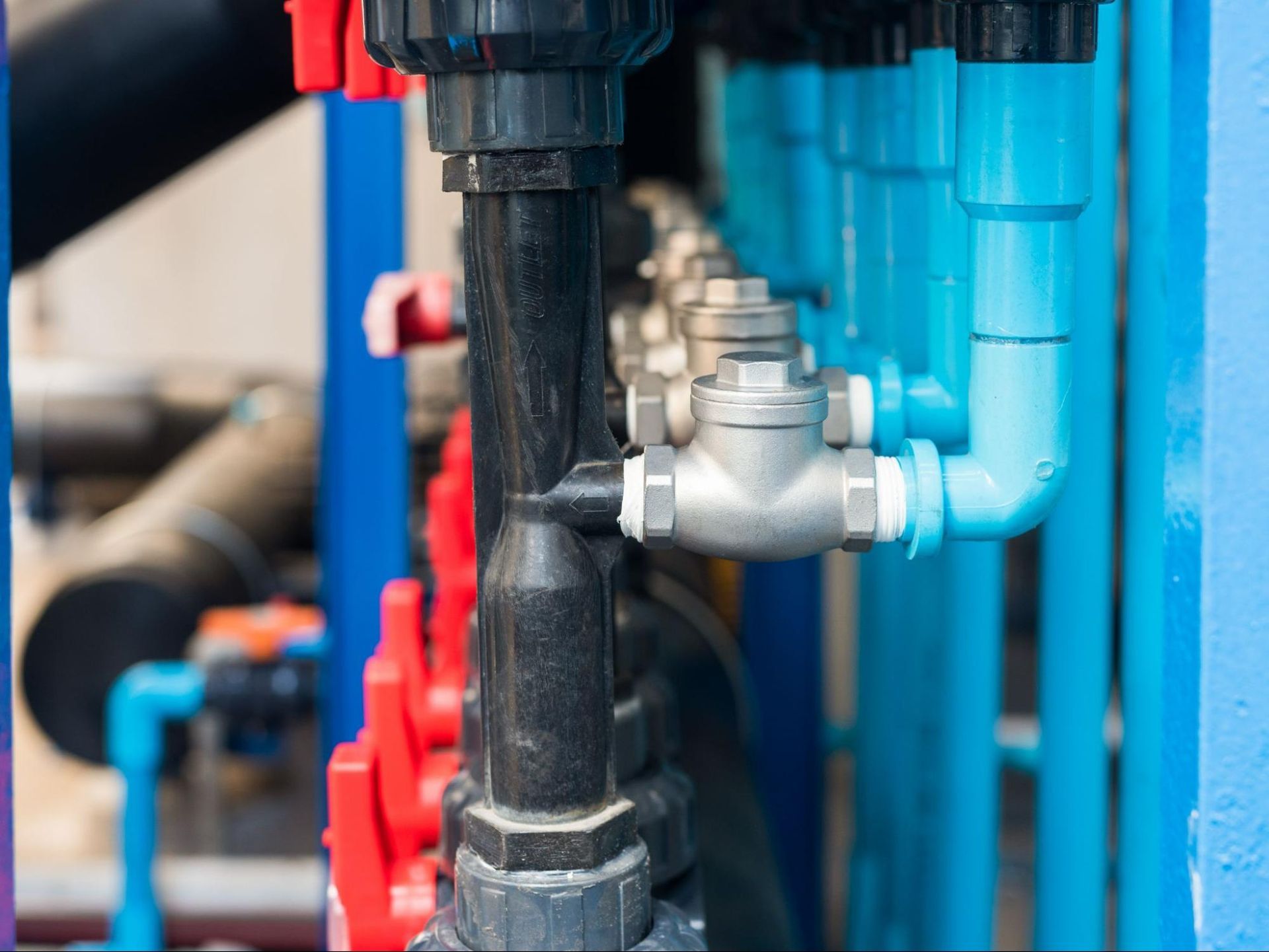
Conclusion
Homeowners should take backflow prevention seriously to ensure the safety of their home and family. By following these tips and tricks, you can protect your home from the dangers of contaminated water caused by backflow. If you are still unsure about how to properly prevent backflow in your home, consider consulting us for more detailed advice on the best practices for keeping safe in your area.
You might also like
